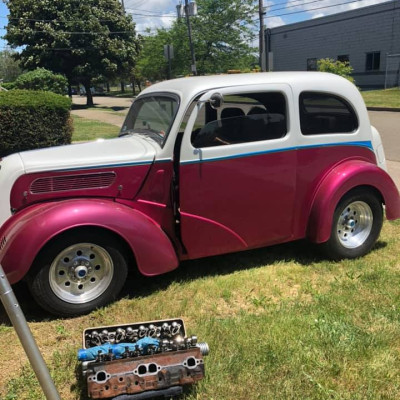Master the Human Form: Ultimate Sketch Tutorial for Perfecting Body Proportions!
Master the Human Form: Ultimate Sketch Tutorial for Perfecting Body Proportions!
Drawing the human body can be both challenging and rewarding. Understanding human proportions and mastering body sketching techniques are essential skills for any artist, whether you’re a beginner or looking to refine your skills. In this ultimate sketch tutorial, we’ll guide you through the process of perfecting body proportions and creating lifelike sketches of the human form.
1. Understanding Basic Human Proportions
a. The Proportional Guide:
The human body is generally divided into standardized proportions that serve as a useful guide for artists. The classic proportional guide states that the average adult human body is approximately 7.5 to 8 heads tall. Understanding these proportions helps in creating balanced and realistic figures.
b. Key Proportions:
Head: Start with the head as the unit of measurement. Most figures are about 7.5 to 8 heads tall.
Torso: The torso, from the top of the head to the pelvis, is roughly 3 heads tall.
Arms and Legs: The length of the arms is about 3.5 heads long, and the legs are about 4 heads long.
Hands and Feet: Hands are about 1 head long, while feet are roughly the same length as the forearm.
2. Sketching the Basic Body Structure
a. Creating the Framework:
Begin with a simple stick figure to outline the basic structure of the body. Draw a vertical line for the spine and horizontal lines for the shoulders and hips. Use simple shapes like circles for joints and ovals for the torso and limbs. This framework will serve as the foundation for more detailed sketching.
b. Adding Volume:
Once you have the basic framework, start adding volume to the body. Use cylindrical shapes for limbs and an oval for the torso. This step helps in visualizing the three-dimensional form and adding depth to your sketch.
3. Refining Body Details
a. Anatomy Basics:
Focus on basic anatomy to add realism to your sketches. Study the major muscle groups and their placement on the body. Understand how muscles and bones affect the body’s surface and movement. Key areas to pay attention to include the shoulder blades, ribcage, and the curve of the spine.
b. Detailing Features:
Add details to your sketch by refining the facial features, hands, and feet. Study proportions and anatomical structure to capture realistic details. Pay attention to the nuances of hands, such as the positioning of fingers, and the shape and arch of the feet.
4. Mastering Poses and Movements
a. Dynamic Poses:
Drawing figures in dynamic poses can be more complex but adds interest and energy to your sketches. Practice sketching figures in various poses, such as running, jumping, or twisting. Focus on capturing the movement and fluidity of the body.
b. Gesture Drawing:
Incorporate gesture drawing to capture the essence and action of a pose quickly. Use loose, fluid lines to represent the movement and energy of the body. Gesture drawing helps in improving your ability to capture dynamic and natural poses.
5. Shading and Texturing
a. Adding Depth:
Apply shading to give your sketches a three-dimensional appearance. Use light and dark tones to create depth and contrast. Pay attention to the light source and how it affects the body’s surfaces and contours.
b. Texturing Details:
Add texture to enhance the realism of your sketch. Use various shading techniques such as hatching, cross-hatching, and stippling to create different textures and effects. Texturing helps in depicting the surface qualities of skin, clothing, and other elements.
6. Practicing and Improving
a. Regular Practice:
To master body proportions and sketching techniques, practice regularly. Draw from reference images, life drawings, or use anatomy books to improve your understanding and skills.
b. Seeking Feedback:
Share your sketches with peers or mentors to get constructive feedback. Analyzing critiques and suggestions can provide valuable insights and help you refine your technique.
c. Studying Master Artists:
Look at the works of master artists and figure drawing specialists. Analyze their techniques, proportions, and styles to gain inspiration and learn new approaches to body sketching.
Conclusion
Mastering the human form and perfecting body proportions is a crucial aspect of figure drawing. By understanding basic proportions, sketching the body structure, refining details, and practicing various poses, you can enhance your skills and create lifelike and dynamic sketches. Embrace these techniques, stay dedicated to your practice, and watch your artistic abilities flourish. Happy sketching!
Like
Comment
Share





